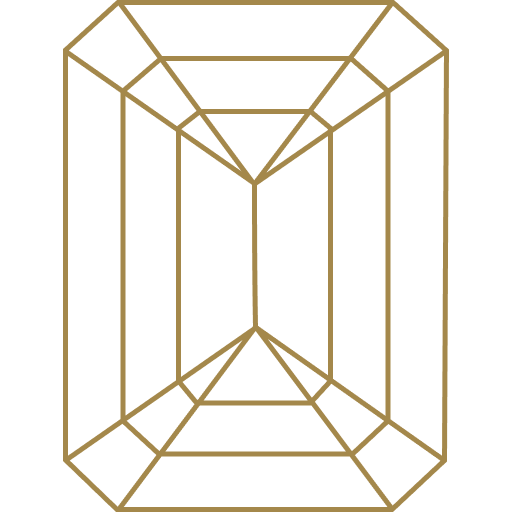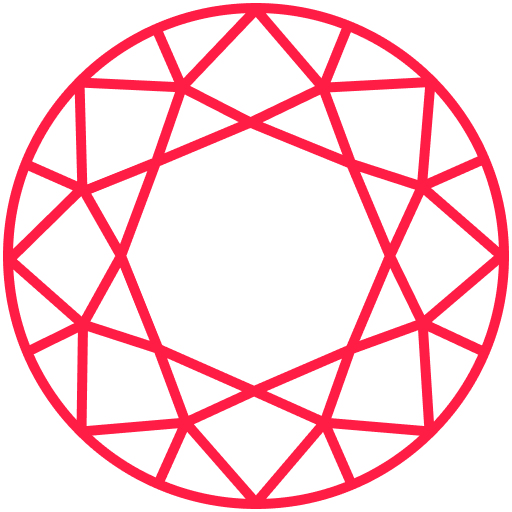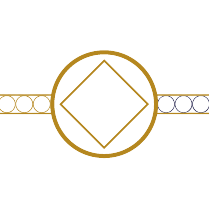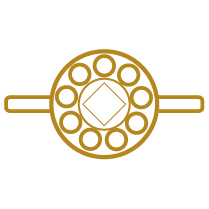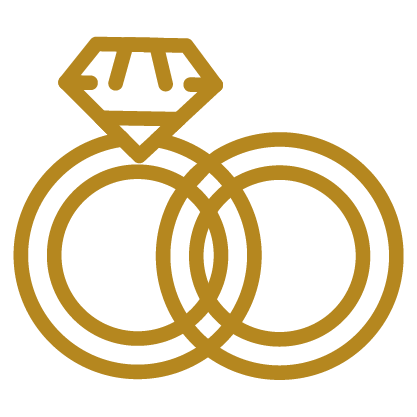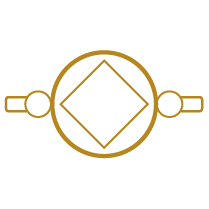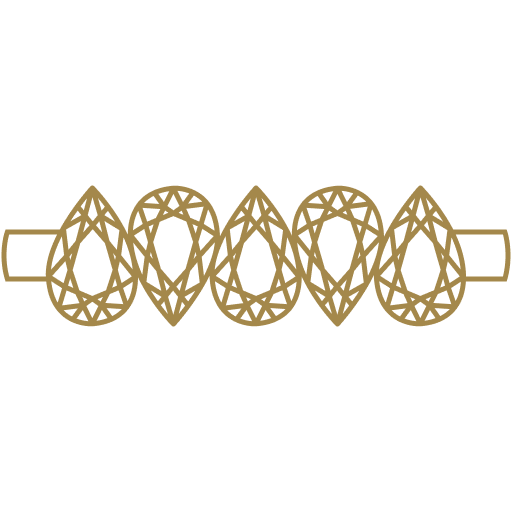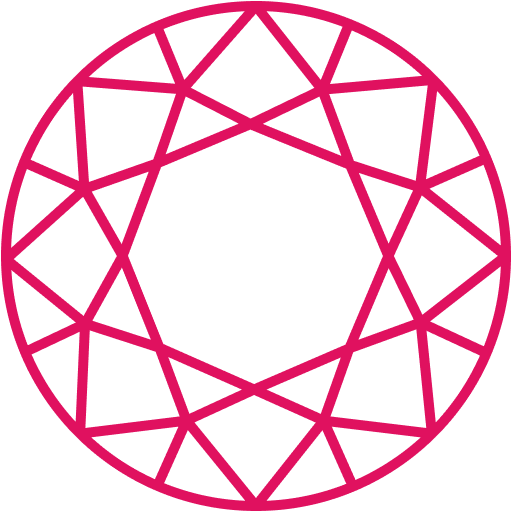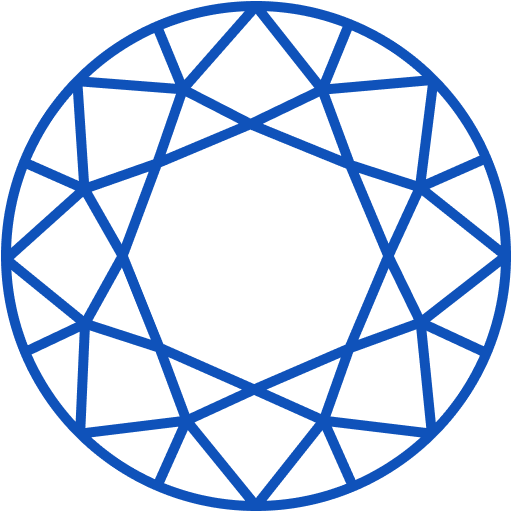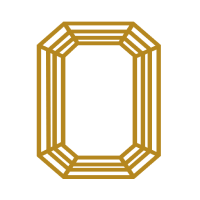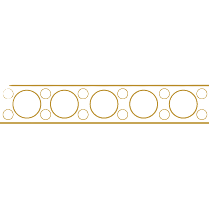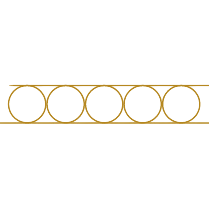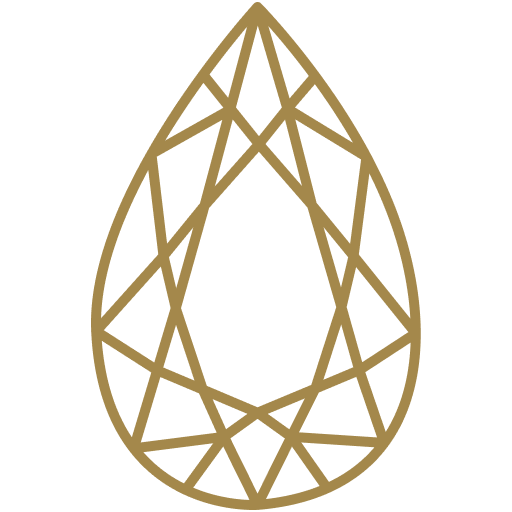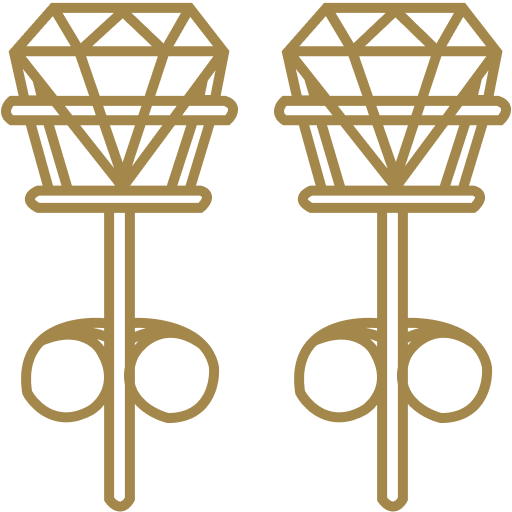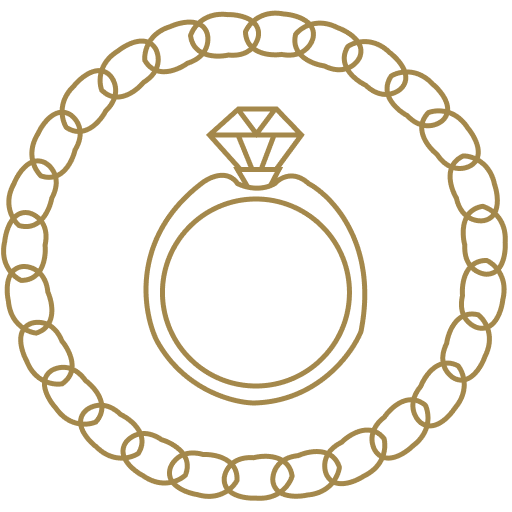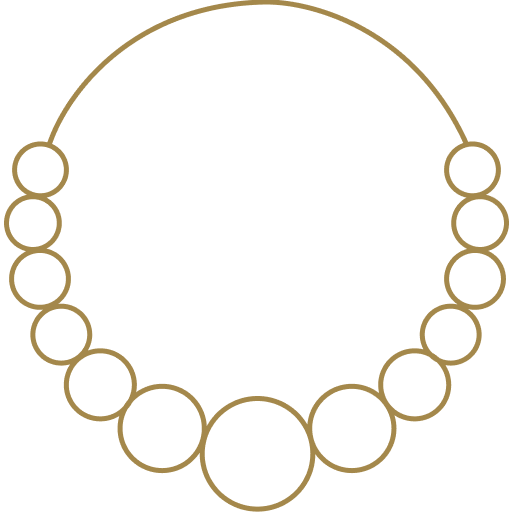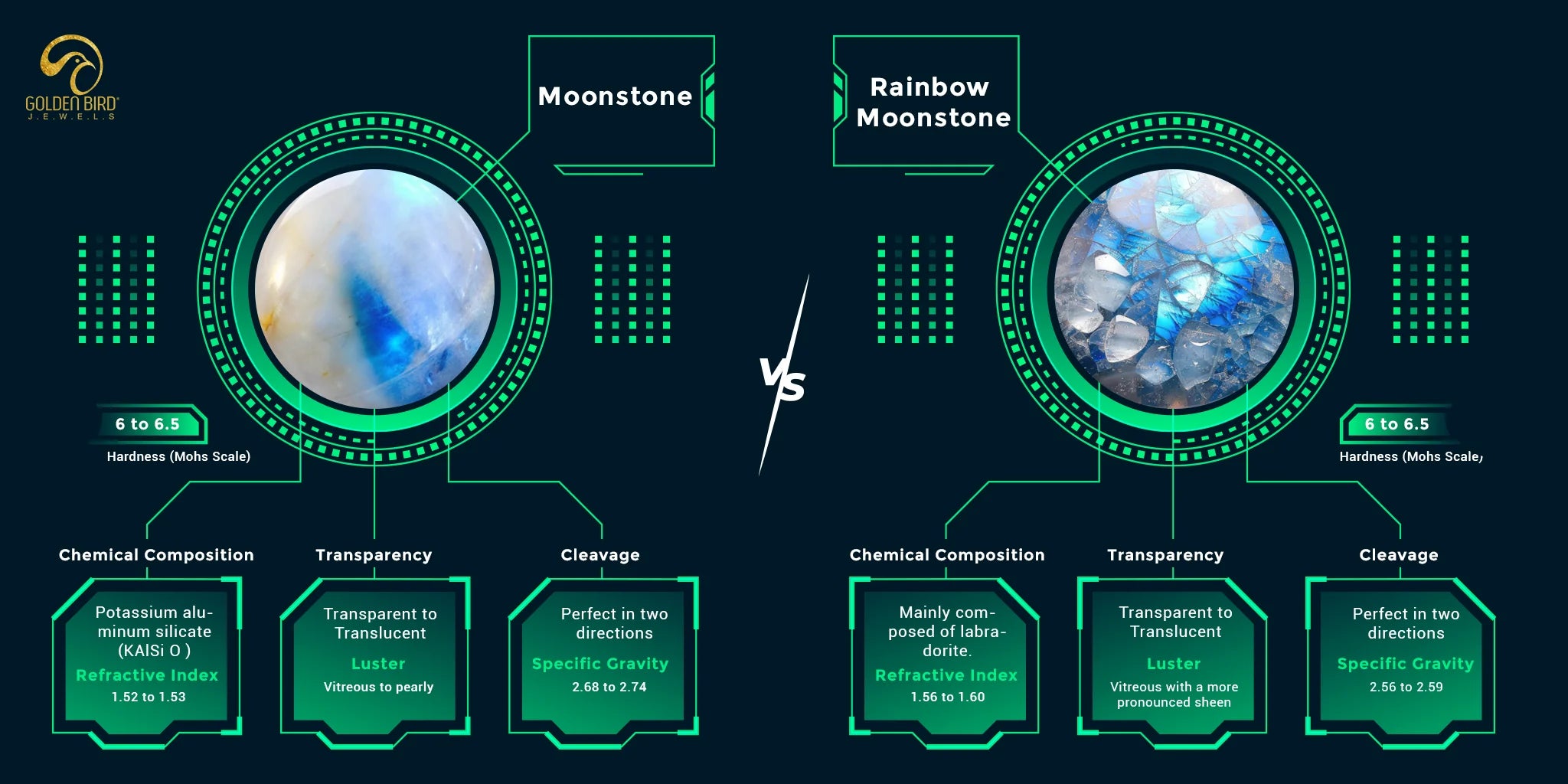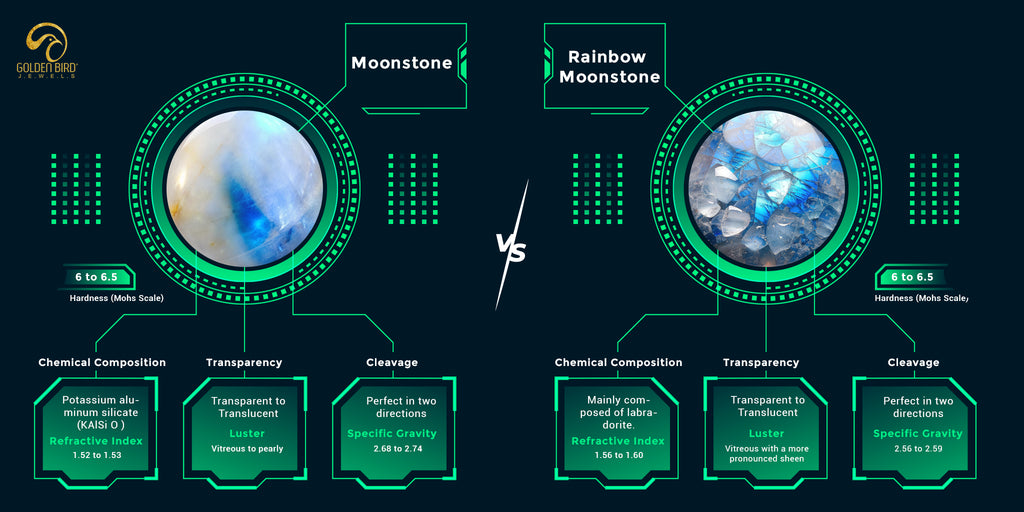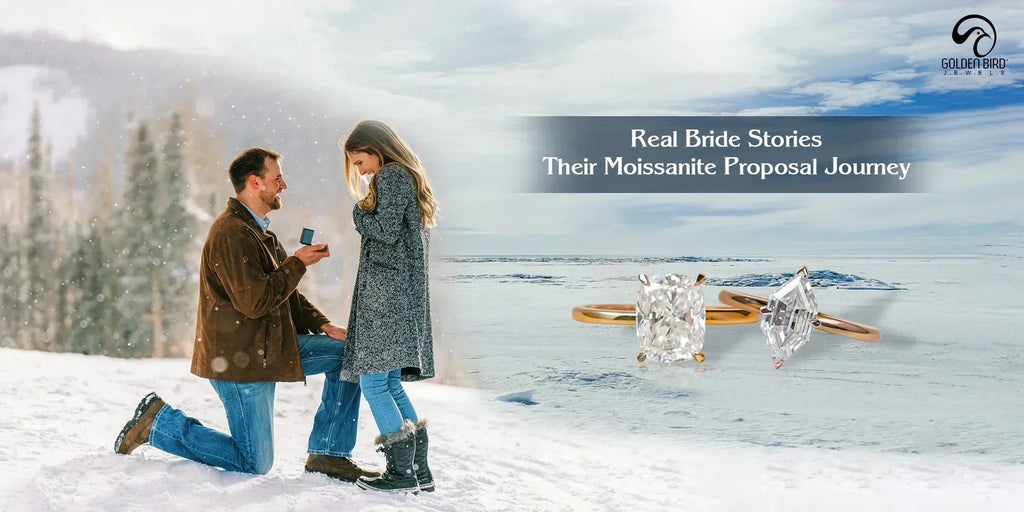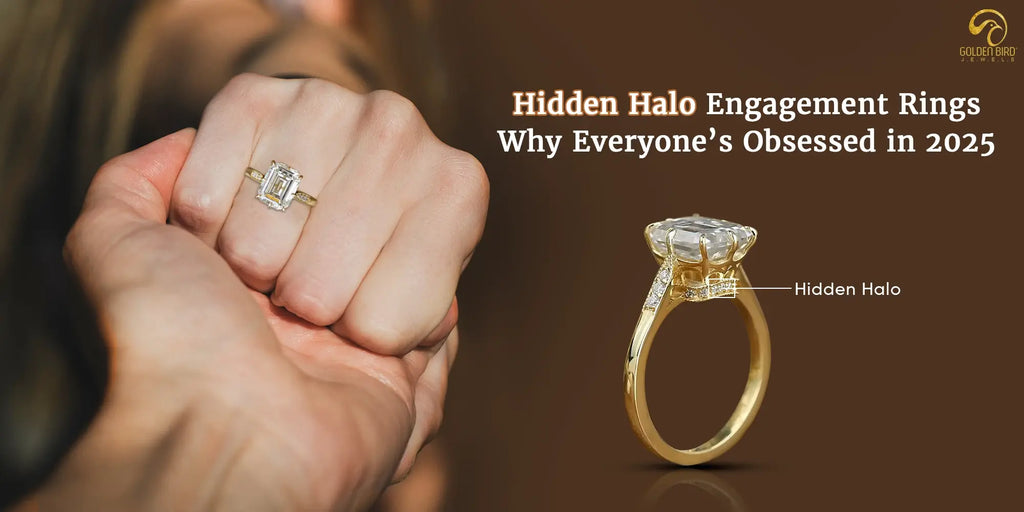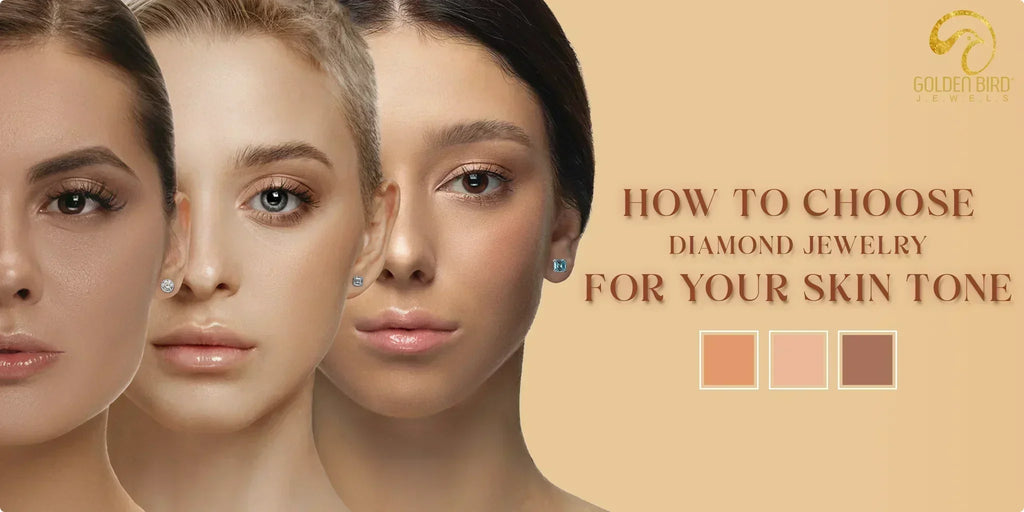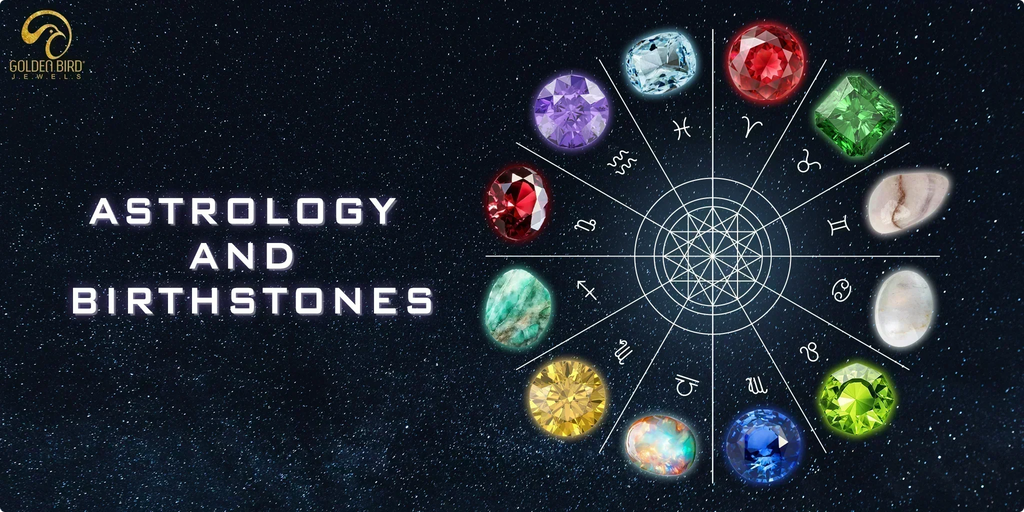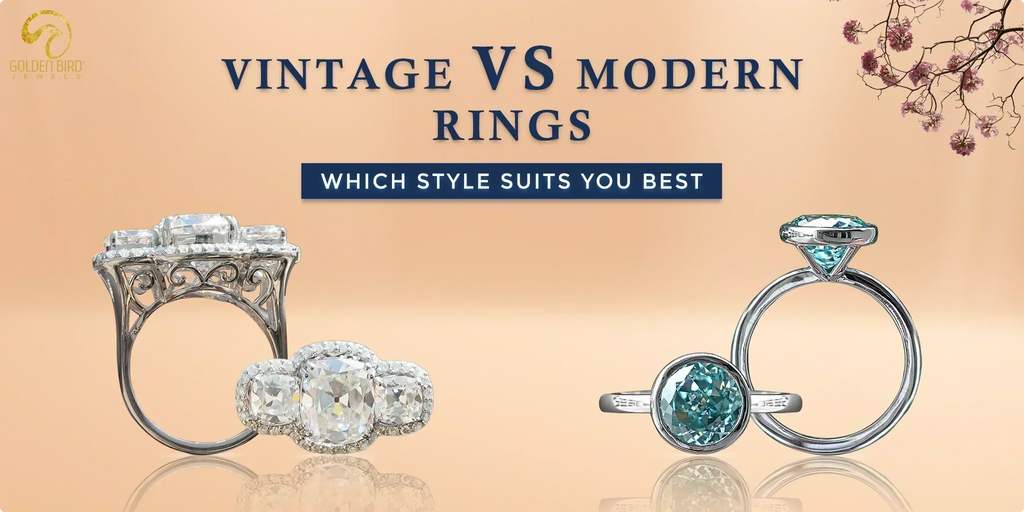Moonstone Vs Rainbow Moonstone: Understanding The Diffrences And Benefits
Moonstone and Rainbow Moonstones are two magical gemstones that just by name can make some know more about them and possibly buy them. The names sound similar, but there are extensive differences between the two. Both have their own identity in the world of gems.
Although both belong to the feldspar group of gemstone families, what are the things to which the word rainbow is added in the name of the rainbow moonstone? To know what makes these two similar-sounding feldspar gemstones apart from each other and make an informed choice for your next ornament, you need to go through this article, which discusses the key differences, uses, benefits, origins, and types of these two lovely semi-precious stones.
Table of Contents
▼What Is Moonstone?
![[Background]-black,[style]- futuristice, deffination of moonstone written in the neon green color box, picture of moonstone in neon green color box, with small moonstones over box,](https://cdn.shopify.com/s/files/1/0332/9930/0397/files/introduction_images_600x600.webp?v=1728131940)
Moonstone is a unique gemstone that is part of the feldspar gemstone family. The stone is composed of potassium aluminum silicate, which also contains two important minerals, orthoclase and albite. These create a layered structure in the stone, which accounts for its luster.
The gemstone comes in many colors, such as white, gray, peach, blue, and cream, with the most striking variety being white moonstone, which exhibits a bright blue luster. Its distinctive feature is its fascinating optical phenomenon, called adularescence, which gives the stone its signature shimmer.
Types of Moonstone
Colorless Moonstone:
The most recognized variety, known for its soft glow and prominent blue sheen.
Peach Moonstone:
A warm peachy hue that offers a romantic feel with a gentle adularescent glow.
Gray Moonstone:
Subtle gray shades range from light to dark, presenting a sophisticated look.
Blue Moonstone:
It is highly valued for its vivid blue sheen, offering a striking and captivating appearance.
Green Moonstone:
Delicate green hues that provide an earthy vibe, often exhibiting subtle adularescence.
Black Moonstone:
Deep black color with shimmering inclusions, creating a dramatic and bold effect.
Rainbow Moonstone:
A type of labradorite featuring a translucent base and vibrant iridescent colors.
Star Moonstone:
Characterized by a star-like pattern on its surface, visible under direct light due to inclusions.
What Is Rainbow Moonstone
![[Background]-black,[style]- futuristice, deffination of moonstone written in the neon green color box, picture of rainbow moonstone in neon green color box, with small rainbow moonstones over box,](https://cdn.shopify.com/s/files/1/0332/9930/0397/files/rainbow_stone1024X512_205KB_600x600.webp?v=1728272520)
Rainbow moonstone is also part of the feldspar family but let us be clear that the feldspar family has nine groups of stones in total, as a stunning Moonstone is part of the orthoclase group, and A rainbow moonstone is included in the group of labradorite. It is also composed of aluminum silicate, Unlike orthoclase this gemstone does not contain the layer of orthoclase but does contain the structured layer of albite, which significantly enhances its optical properties.
The base color of this translucent gemstone typically ranges from light to dark gray and usually exists with a translucent effect, Unlike the moonstone which is known for its white sheen effect this unique rock is known for its decent array of colors that occurs due to its labradorescence, mesmerizing, rainbow-like effect that is particularly striking when viewed against a light background.
Orthoclase(Moonstone) Vs Labradorite(Rainbow Moonstone)
|
Aspect |
Orthoclase |
Labradorite |
|
Light Effect |
Adularescence (soft, billowy light reflection) |
Labradorescence (bright flashes of multicolored light) |
|
Color Variations |
Primarily white, peach, blue, and rainbow hues |
Darker shades like gray and black with vivid colors like blue, green, and yellow |
|
Transparency |
It Can be translucent to semi-transparent |
Generally opaque |
|
Elemental Association |
Linked with lunar and feminine energies |
Associated with the aurora borealis and cosmic energies |
|
Energy Focus |
It helps in calming emotions and enhancing intuition |
Enhances inner strength and shields against negativity |
Significance of Labradorescence and Adularescence
Adularescence
The soft, glowing light seen in moonstone, called adularescence, is a result of light scattering as it moves through the thin layers of orthoclase and albite. The light is refracted and reflected between these layers, creating a dreamy, floating glow beneath the stone's surface. of adularescence is what makes this gem so popular, This effects reflect the soft, glittering light that is seen floating just below the surface of a gemstone creating mystique visual effects.
Labradorescence
Labradorescence gives rainbow moonstone its identity, which usually seems to be mimicking the effect of northern light, It is an intense and eye-catching light effect, which is produced because of the internal reflection of light within the stone, creating different hues of colors like blue, green, yellow and orange) in the stone, because the reflection happens within the stone and light stays inside, the color is changed as the stone is moved
What Is The Role Of Orthclase In The Beauty of Moonstone
Moonstone is composed of two primary minerals, Orthoclase, and albite, which is why it is included in the group of orthoclase from the feldspar community, Orthoclase is responsible for creating the Adularescence effect.
How adularescence is created by orthoclase
These minerals form in alternating, microscopic layers within the stone. This layered structure is key to the visual effect that defines the moonstone’s beauty.
What Is The Role Of Labradorite In The Beauty of Rainbow Moonstone
Rainbow Moonstone is a gemstone composed of labradorite minerals, placing it within the feldspar group. This mineral is key to producing the stunning Labradorescence effect.
How labradorescence is created by labradorite
Labradorite has a complex structure of layers composed of different feldspar minerals, particularly sodium-rich labradorite and calcium-rich anorthite. The specific arrangement of these layers is crucial for the phenomenon of labradorescence.
Moonstone Vs Rainbow Moonstone| Physical Properties Comparison
|
Properties |
Moonstone |
Rainbow Moonstone |
|
Chemical Composition |
Potassium aluminum silicate (KAlSi₃O₈) |
Mainly composed of labradorite. |
|
Luster |
Vitreous to pearly |
Vitreous with a more pronounced sheen |
|
Hardness (Mohs Scale) |
6 to 6.5 |
6 to 6.5 |
|
Cleavage |
Perfect in two directions |
Perfect in two directions |
|
Transparency |
Transparent to Translucent |
Transparent to Translucent |
|
Specific Gravity |
2.56 to 2.59 |
2.68 to 2.74 |
|
Refractive Index |
1.52 to 1.53 |
1.56 to 1.60 |
Moonstone And Rainbow Moonstone| Durability And Hardness
- These feldspar gemstones have a hardness rating of 6.0 to 6.5 on the Mohs scale, indicating they are durable but can still be scratched by harder materials. While both stones are well-suited for daily wear jewelry, it’s important to safeguard them from harsh impacts to avoid potential damage.
- Both gemstones are ideal for daily wear jewelry; however, it's essential to protect them from harsh impacts to prevent damage. With a Mohs rating of 6.00 to 6.50 these materials can be damaged by other stones(topaz, diamond, and quartz) with higher Mohs scale.
- Moonstone exhibits perfect cleavage in two directions, making it prone to breaking along these planes if subjected to force.Whereas, a variety of labradorite, also has similar cleavage properties. This can affect how the stones are cut and set in jewelry, emphasizing the importance of proper handling.
Which Has The More Clarity, Moonstone or Rainbow Moonstone
The clarity of a Gemstone is measured based on the amount and type of impurity included in it. These impurities are known as inclusion, the lesser the inclusion, the clearer the stone, Moonstone generally possesses a decent level of clarity with minor inclusion. These inclusions are seen in the form of feather-type or cloud-type formations. Rainbow moonstone has fewer inclusions, making it clearer than its orthoclase counterpart.
Other Factors That Affect Clarity
- Proper cutting enhances clarity and transparency, with a well-finished surface improving light reflection and beauty.
- Light interaction with the surface influences perceived clarity, making stones appear more luminous.
- Color variations and treatments can mask inclusions, but some may reduce durability.
Color Differences Between Moonstone and Rainbow Moonstone
When it comes to fitting gemstones into jewelry, the first thing to consider is their color, as their look largely depends on the color. The look of jewelry affects the mind of both the wearer and the viewer. Which one will be more suitable for you largely depends on the color options available.
Moonstone mostly shows a milky and bluish sheen, which is a light and soft color. In contrast, The rainbow comes in more aggressive colors like blue, green, yellow, and purple.
Moonstone's calm and soothing white color and its radiance symbolize peace and balance, which would be more suitable for simple and classic types of jewelry. Rainbow moonstone, on
the other hand would fit better in more dynamic and colorful jewelry because of its mystical colors.
Origins of Moonstone and Rainbow Moonstone
Both these gemstones are available in adequate amounts across the world, nevertheless, few regions are producing, qualitative stones due to specialized geological conditions, some of those regions are listed below,
Key Sources of Moonstone:
Sri Lanka (Ceylon) is recognized for its moonstone with a blue adularescence. These stones are often colorless or milky white,
Indian moonstone comes in different colors like peach, gray, and cream. Indian moonstones have a softer appearance and are popular in local jewelry markets.
Madagascar offers moonstones in various colors such as blue, peach, and white, often noted for their unique clarity and shimmer.
Key Sources of Rainbow Moonstone:
India is a major producer of such meaningful stones, known for their dynamic color like blue, green, and pink, and characterized by fewer inclusions.
Australia is known to produce rainbow stones with a lighter color effect.
Brazil tends to produce larger stones with wonderful blue and green hues.
Moonstone vs Rainbow Moonstone| Physical Properties Comparison
![ALT- Physical properties comparison between Moonstone and Rainbow Moonstone, [Style]- infographics, [Background Color]-blue, and dark blue,[Propert title color]- yellow, purple, sky blue, sky green, red, [ FONT COLOR]- White](https://cdn.shopify.com/s/files/1/0332/9930/0397/files/Image_1_1024S600_257KB_600x600.webp?v=1728280260)
Benefits of Moonstone and Rainbow Moonstone
Metaphysical Benefits
It is said about the moonstone that by wearing it, the wearer can easily connect with the energy of the moon and good results start coming in his life. This leads to his personal and spiritual development.
It helps you stay focused on yourself with a sense of positivity. Once you start focusing on yourself, you naturally begin to know what is good for you, eventually you will see the positive changes in your life in terms of material achievement and spiritual gain as well
At the same time, it is believed that wearing rainbow moonstones leads to the emergence of feminine energy in the wearer, which leads to mental peace, inner peace, and spiritual development.This will help you control your unnecessary anger which causes a lot of harm to your personal growth and happiness.
Spiritual Benefits
From a spiritual perspective, the moonstone helps in activating the crown chakra. It is believed in spirituality that once the crown chakra is activated, your intelligence increases significantly, and your perspective of the world and living beings changes. You start living life with a positive and lovable attitude. Apart from this, it is also useful in keeping negativity away.
Cultural Significance
The history of moonstone has been recognized in various cultures for centuries. In ancient Rome and India, it was considered a stone that contained the light of the moon, giving the wearer the right direction in life. This gemstone was believed to enhance a person's creativity and ability to work hard.
In addition, both moonstone and rainbow moonstone were also used in spiritual practices, especially on the night of the full moon. These stones were used as healing objects and are still used today by many Native American and Indian tribes.
Moonstone Jewelry
Both these stones are used in a wide variety of jewelry due to their beautiful looks and great symbolism. In the modern era, the growing spiritual awareness and the trend of buying more meaningful jewelry are elevating jewelry with these stones to new heights.
Moonstone and Rainbow Moonstone come in a range of colors, making them suitable for all types of jewelry, including stunning theme-based jewelry sets.
GoldenBird Jewels primarily specialize in Moissanite jewelry, but we also offer customization options. If you're interested in creating custom jewelry featuring Moonstone, feel free to contact us. Our team will provide you with comprehensive assistance in designing your Moonstone jewelry.
Inclusions and Their Effects
Most natural stones tend to have inclusions due to their natural formation process, and these two stones are no exception. Both Moonstone and Rainbow Moonstone often contain inclusions such as fractures, needles, or other mineral impurities, including feathers, clouds, and cleavage.
Impact on Value and Aesthetics
Inclusions can lower the value of both stones, as they may affect the transparency and overall visual appeal. However, some inclusions might add unique character to the stone, giving it a more distinct, organic look that appeals to certain buyers. For high-quality jewelry, fewer inclusions are typically preferred for a clearer, more luminous appearance.
Conclusion
Moonstone and Rainbow Moonstone are quite different from each other despite being members of the same family. One is a member of the orthoclase group, while the other is labradorite. These two minerals form different types of structures, which is why the physical appearance of both the stones is quite different.
Moonstone gives a slightly white and cool color, which creates a sparkle when light reflects from its surface. On the other hand, iridescent waxstone shows different color shades when rotated in the light. One thing that both have in common is their historical significance. Both were used in ancient times to take advantage of the light of the moon. Even in today's time, both stones are worn in different types of jewelry for spiritual benefits.
FAQs
Are moonstone rings durable?
It has a hardness of 6.00 to 6.50 on the Mohs scale, which means it is durable, but one should take care of it as it can be scratched easily by harder objects.
Are Moonstones expensive?
Though it is a semi-precious gemstone, usually it is not too expensive, but some stones with almost no inclusion and higher clarity can be expensive.
How to charge Moonstone?
Full moon night is the best time to charge this stone; place it under direct moonlight for the entire night and it will be charged.
Is Moonstone a birthstone?
Yes, it is the birthstone for the month of June alongside pearl and alexandrite.
Who can wear Rainbow Moonstone?
As per astrology, it can be worn by anyone, but it is more beneficial for the person born with the zodiac sign of cancer.
How to use Rainbow Moonstone?
There are so many ways to use this gemstone; you can have it in your pocket or in a in a place nearby where you sleep; apart from this, you can meditate upon it, but the way to get the most out of it is by wearing its jewelry.




